What is the minimum number of products you need in your beauty routine for it to be effective? Read about the basics and essential skincare steps in the article!

Skincare Basics: What You Need for an Effective Routine
Situation: You want to master the art of skincare.
Actions: You open social media and see: “This cream will make your skin perfect,” “A mask everyone should have,” “A selection of products for all problems.” You Google it — it’s all ads; one piece of advice contradicts another, and in stores, the variety of products overwhelms you. Result: You end up with a home lab of jars you don’t know how to combine, experiment chaotically, and at best, get no results. More often, you shock your skin and conclude that skincare isn’t for you.
It’s sad, but not critical. After all, if you’re reading this article, you’re already one step closer to a working skincare routine.
Spoiler: Your essentials are just 5 jars.
Yes, not a beauty lab for all the money, but just five products. Not a complex multi-step system, but only three stages. The rest is optional, based on desire, capability, and needs. However, a heads-up: too much is definitely not okay (sorry, beauty maniacs). Remember: your skin won’t thank you for an excess of jars and experiments.
Three basic skincare steps:
- Cleansing
- Moisturizing
- Sun protection
Let’s go through each step and at the end, we’ll put together a puzzle and get a scheme.
Cleansing
What happens if you apply skincare to unclean skin? At the very least, your skincare won’t be effective. More likely, due to the accumulation of various products and impurities (sebum, sweat, and dust), you get clogged pores, breakouts, dullness, flaking, and other unpleasant sensations.
So, for the cleansing step, you need two jars:
- Makeup remover (micellar water, cleansing oil/balm)
- Cleanser (gel, foam, mousse)
Makeup remover when there’s no makeup?
Yes, you should use a makeup remover to cleanse your skin not only of makeup but also of sunscreen and accumulated sebum.
Important: Use a makeup remover as the first step of your evening routine (not needed in the morning).
Which format of the product to choose?
It’s simple: test different ones and choose the most comfortable option for yourself.
Micellar water — contains small particles (micelles) that attract dirt and sebum, thus cleansing the skin surface. Suitable if your pores don’t need deep cleansing. However, if your skin is sensitive, the mechanical friction of the cotton pad may not be to your liking. In that case, consider hydrophilic products.
Important: Always rinse micellar water off with a cleanser (foam/gel), even if the manufacturer says it’s not necessary.
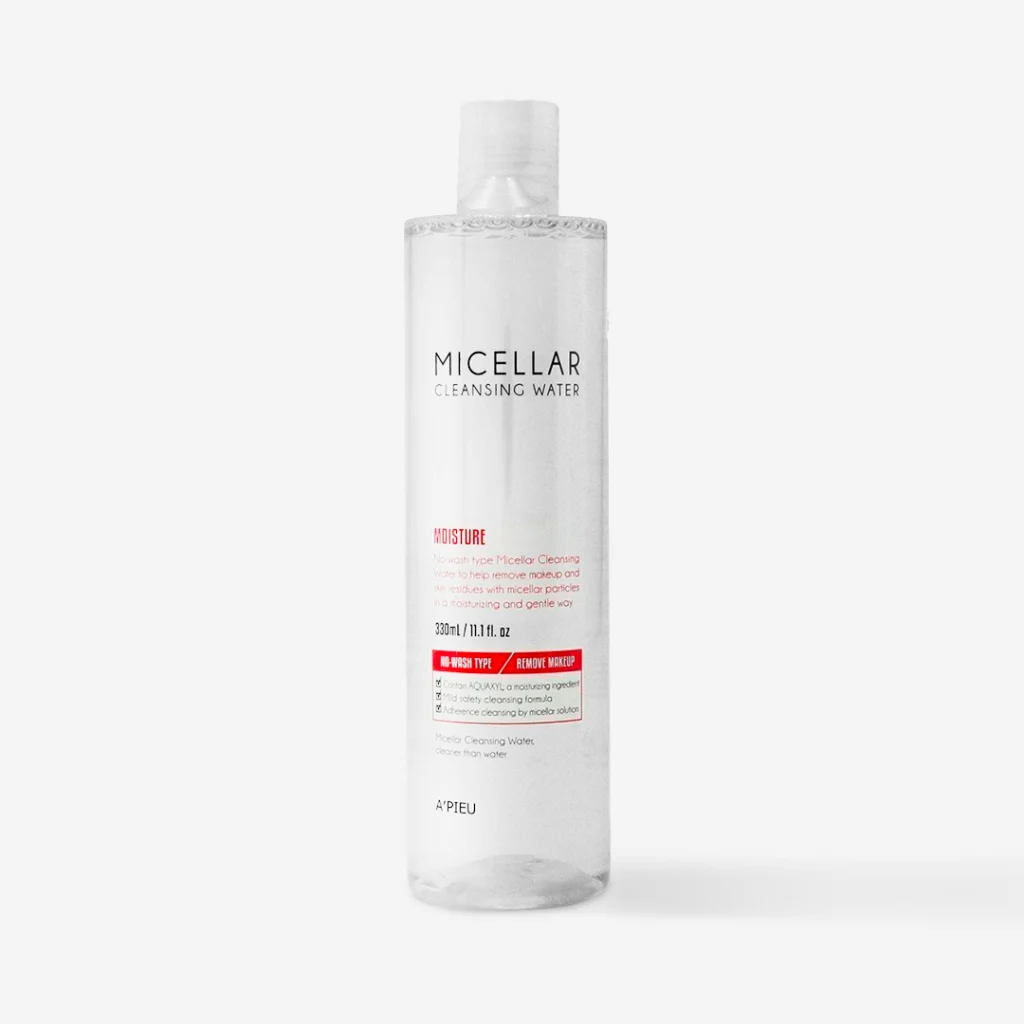
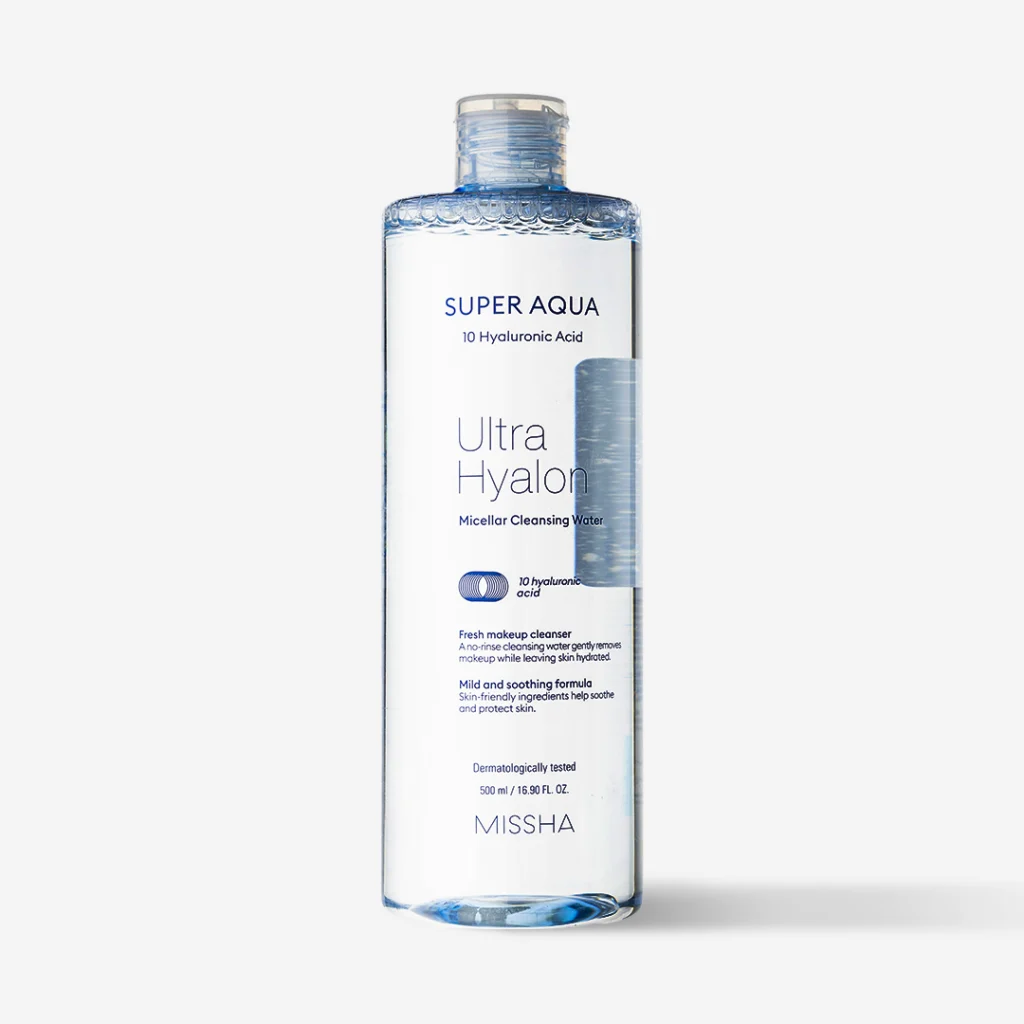
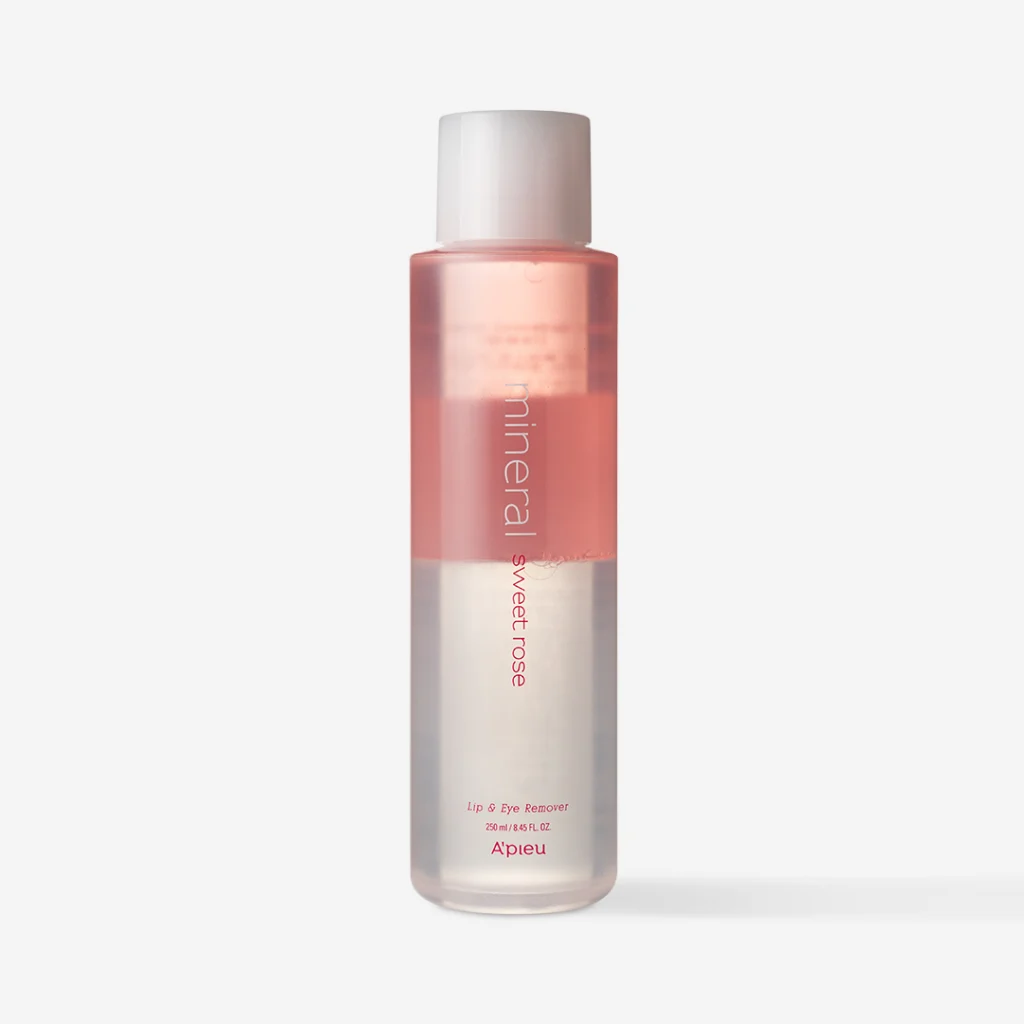
Hydrophilic oil or balm — works on the principle of “like dissolves like.” Penetrates deep into the pores and cleanses them better. Suitable for all skin types.
Important: Apply with dry hands on a dry face.
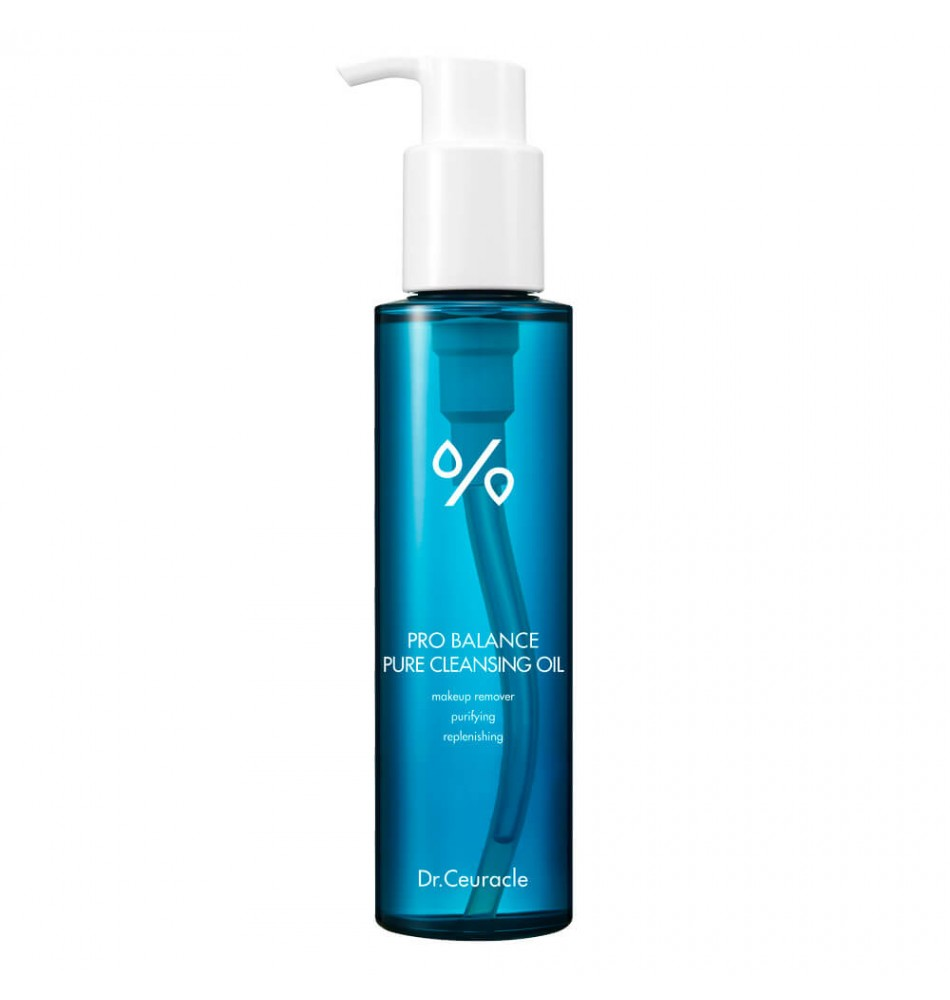
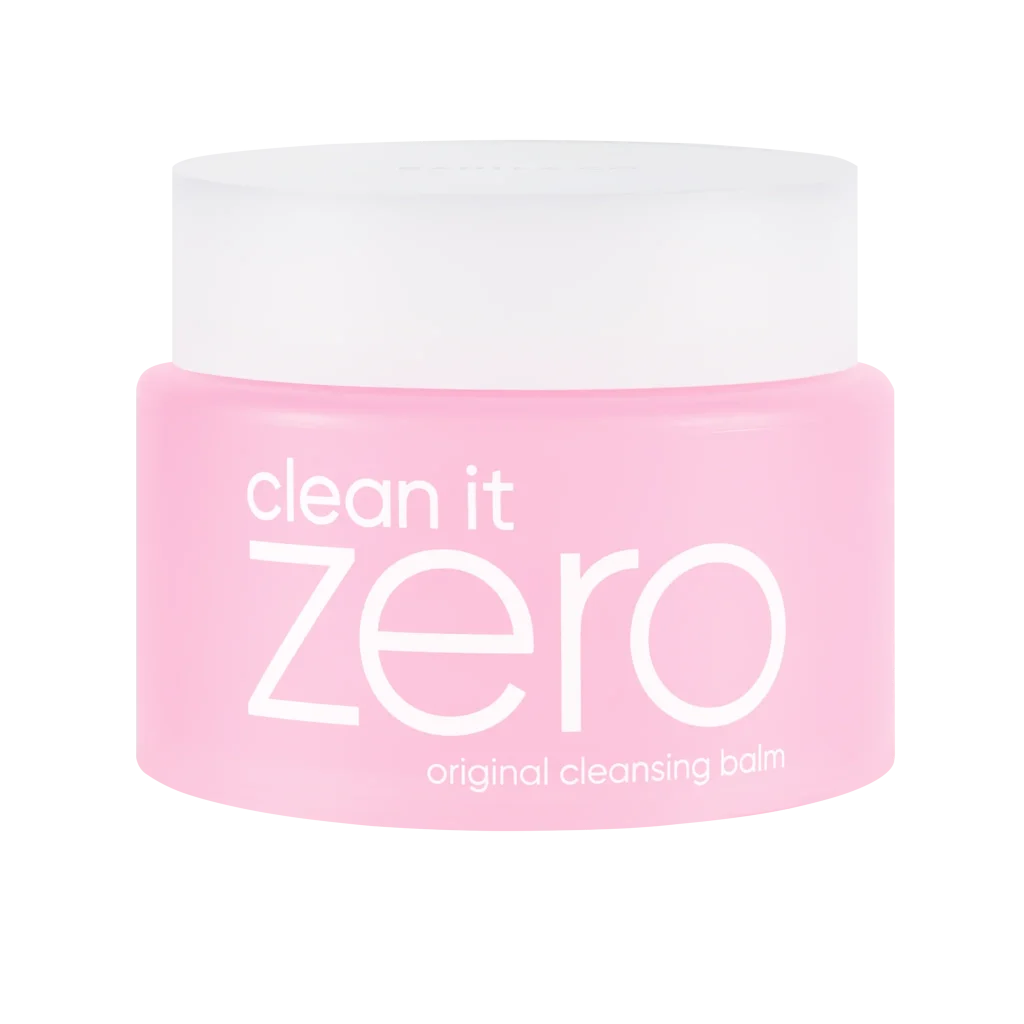
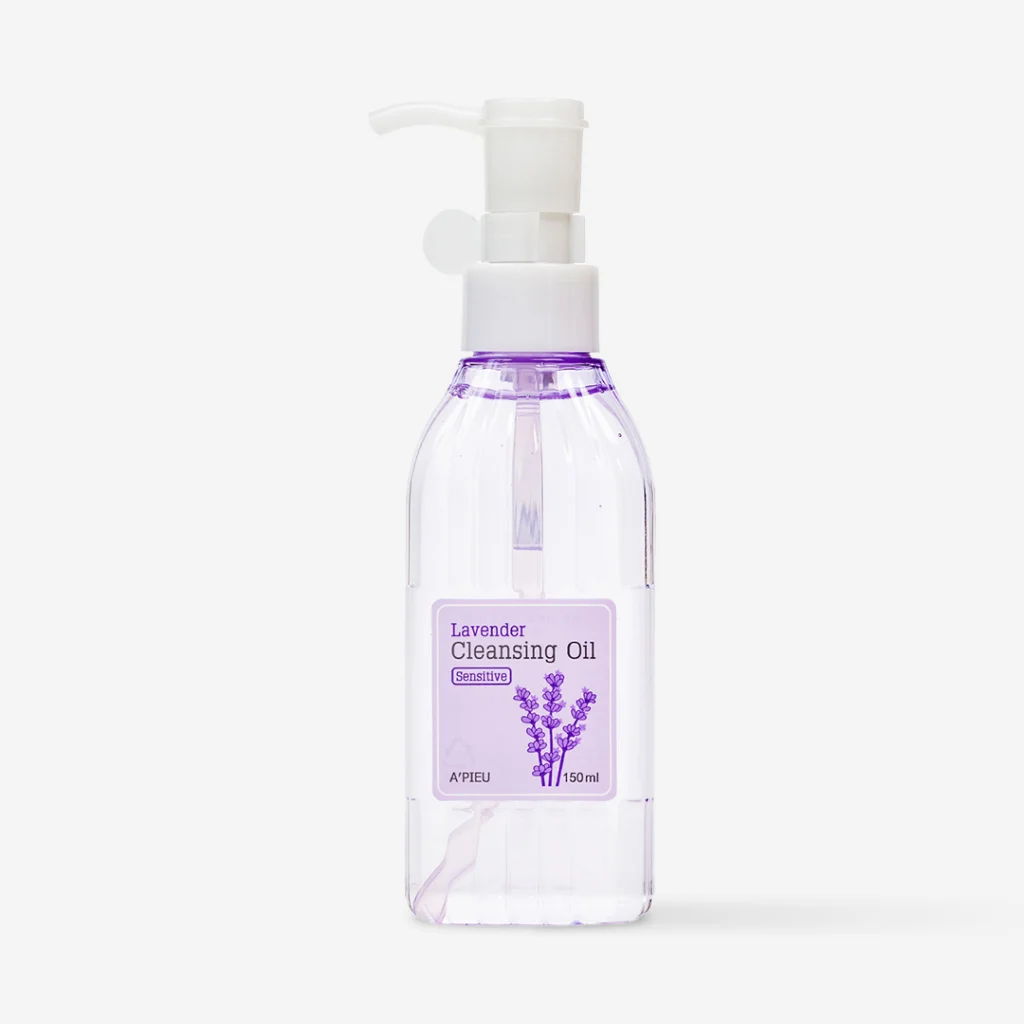
Cleansers — first step of the morning, second step of the evening routine.
In the morning, we cleanse the skin from the remnants of the evening routine, and in the evening — wash off the remnants of the first step (makeup removal).
Choose products with a mild composition, focusing on skin comfort.
Avoid:
- Sulfates (SLS, SLES)
- Stearic Acid, Palmitic Acid, Myristic Acid combined with Sodium hydroxide
- Abrasives
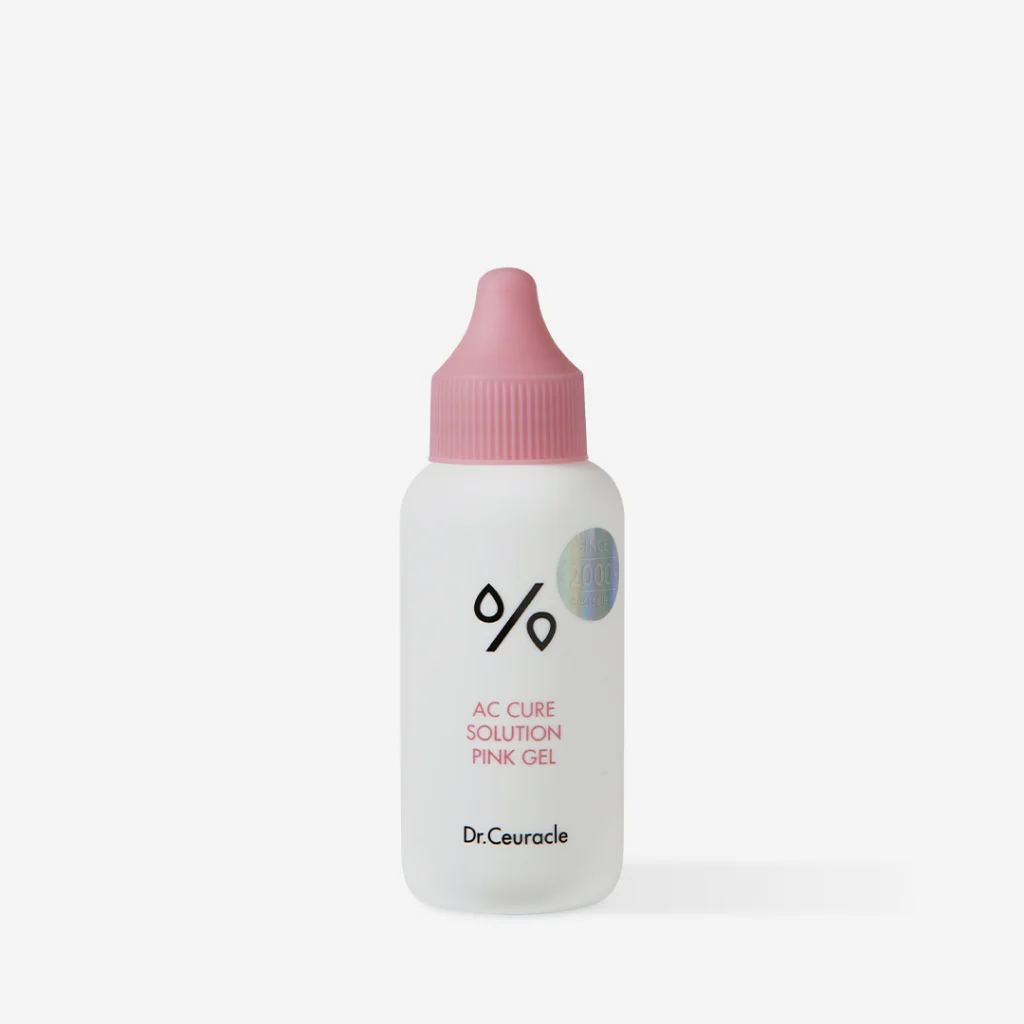
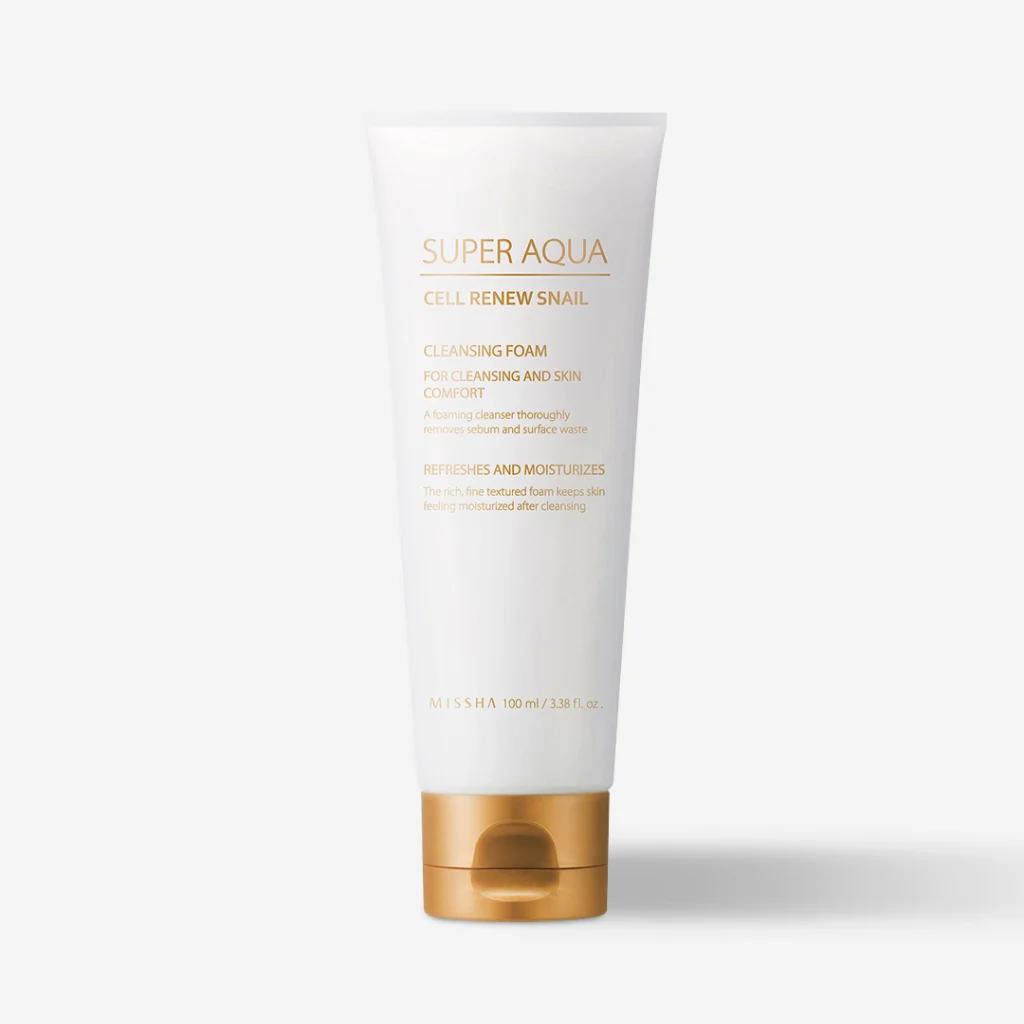
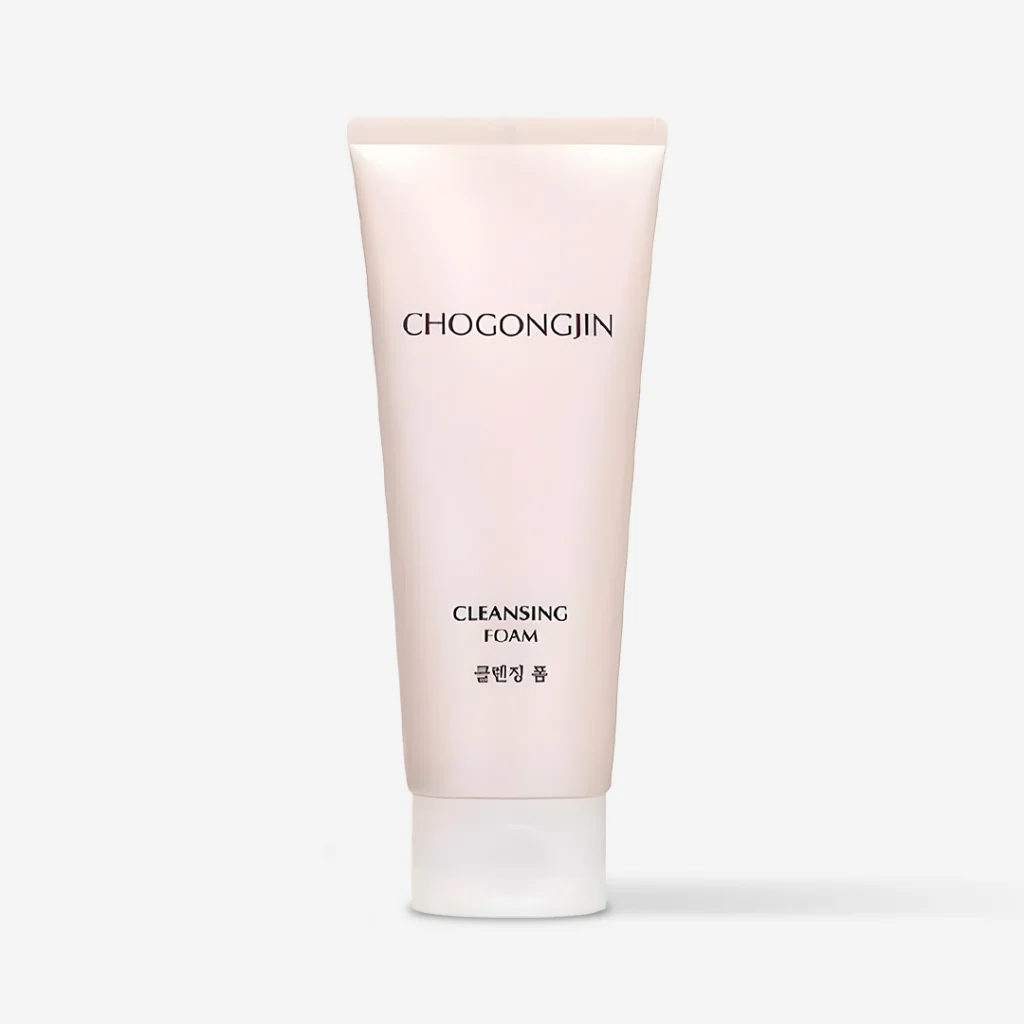
Moisturizing
When it comes to moisturizing, usually the image of a light-textured cream comes to mind. But is it that simple? No.
Moisturizing can be divided into two stages:
- Delivering moisture — handled by our toners, serums, essences
- Retaining moisture and supporting the barrier — the job of creams, lotions, and emulsions
Yes, liquid, watery textured products contain humectants — substances that attract water molecules from deeper skin layers and the air. These are the well-known moisturizing agents:
- Hyaluronic acid
- Glycerin
- Niacinamide
- Panthenol
- Urea
Creamy and milky textured products contain emollients that smooth, soften, and maintain the protective barrier:
- Ceramides
- Squalane
- Plant oils
- Lecithin
- Cholesterol
In simple terms, for quality moisturizing and skin restoration, we need a combination of watery and creamy textured products.
What about the toning step?
the assertion that using a toner is a necessary routine element still persists. The main argument for it has always been that you need to balance the skin’s pH after cleansing. And this made sense when most cleansers had a rather aggressive composition. However, now there are many gentle cleansing products with neutral pH for different budgets — so toners and tonics serve the same function as other watery products (serums/emulsions/mists): delivering water to the skin. Choose what suits you best, combine or not, based on your skin’s comfort and personal preference.
Sun Protection — An Investment in Skin Health and Youth
A crucial step often neglected.
Remember: sun protection should be a mandatory part of your morning routine all year round (even in rain/snow, cloudy weather).
Explanation: There are two types of sun rays: UVA and UVB. UVA rays, responsible for photoaging and pigmentation, penetrate clouds even in overcast weather, so they are active and hence dangerous year-round. UVB rays, which cause tanning and sunburn, are less active in cloudy and cold weather.
Using SPF helps prevent:
- Exacerbation of dermatoses
- Increased sebum production
- Photoaging
- Exacerbation of rosacea
Modern sunscreens are very comfortable to use and, in addition to sun protection, function as a full-fledged day cream. They often contain active ingredients, soothing components, biotics, etc. Apply it as the last step of your morning routine after serums/toners. Of course, if you have very dry skin, a compromised barrier, and sunscreen doesn’t provide enough restoration, you can apply it over your regular cream.
Important: For SPF to protect, apply it in sufficient quantity.
Sufficient quantity — is 2ml (half a teaspoon or two fingers) for the face and neck area. The same amount for each additional area separately.
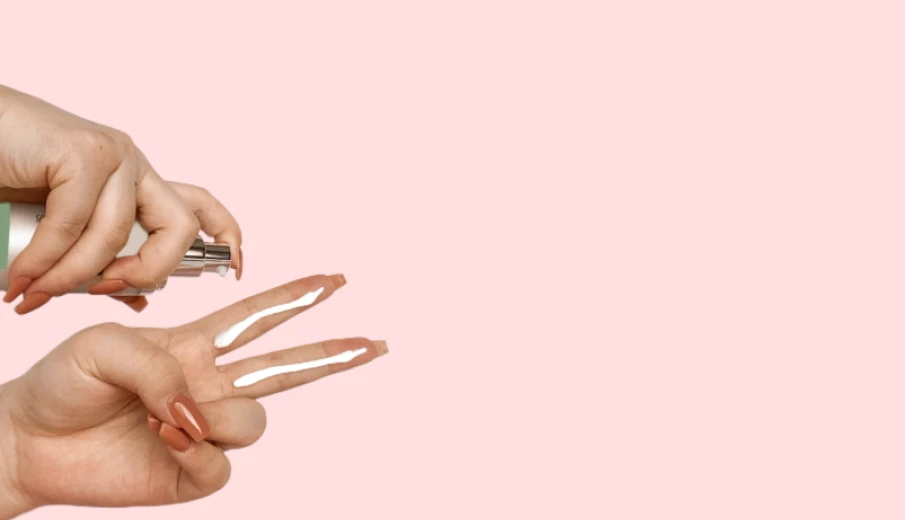
Putting the Puzzle Together: What Your Daily Basic Routine Should Look Like
Your basic jars:
- Makeup remover (foam/gel/mousse)
- Cleanser
- Toner/serum/emulsion (watery texture)
- Moisturizing cream
- Sunscreen
Morning Routine
- Cleanser (foam/gel/mousse)
- Toner/serum/emulsion (watery texture)
- Sunscreen
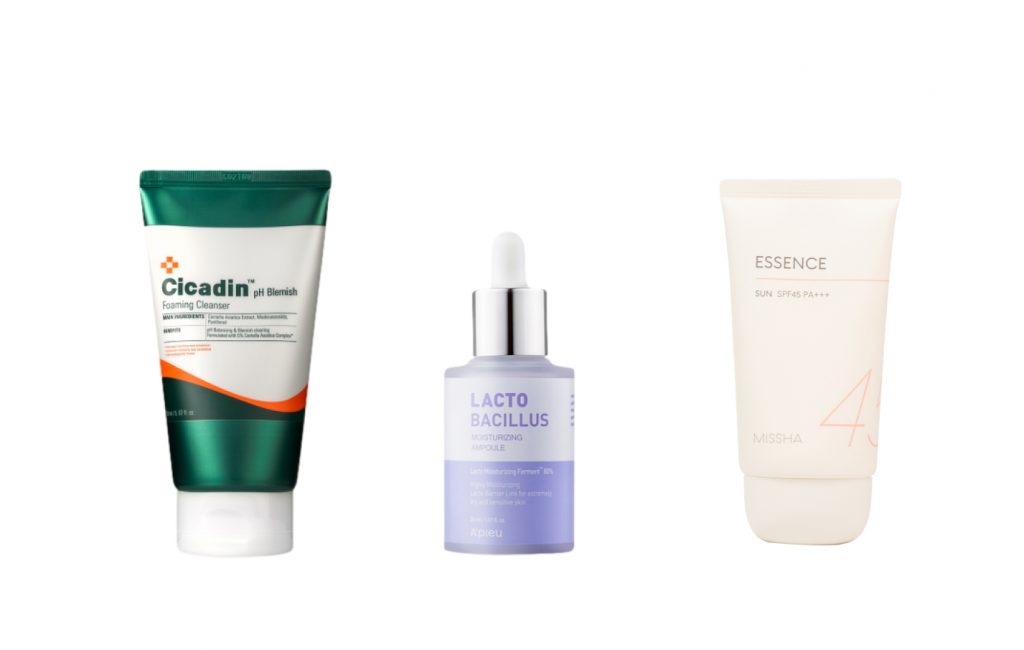
A’pieu lactobacillus moisturizing ampoule
Missha All Around Safe Block Essence Sun SPF45/PA+++
Evening Routine
- Makeup remover (micellar water/hydrophilic product)
- Cleanser (foam/gel/mousse)
- Toner/serum/emulsion (watery texture)
- Favorite moisturizing cream/lotion

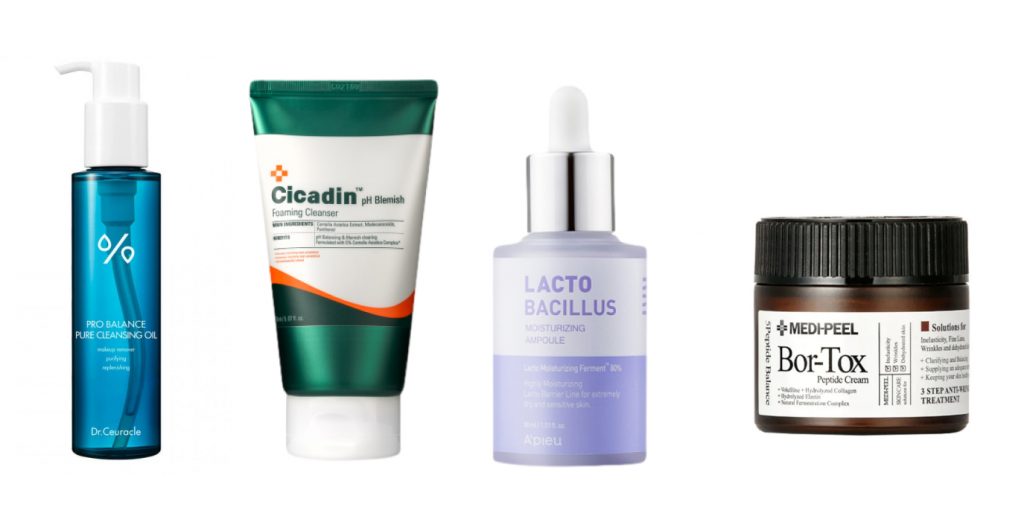
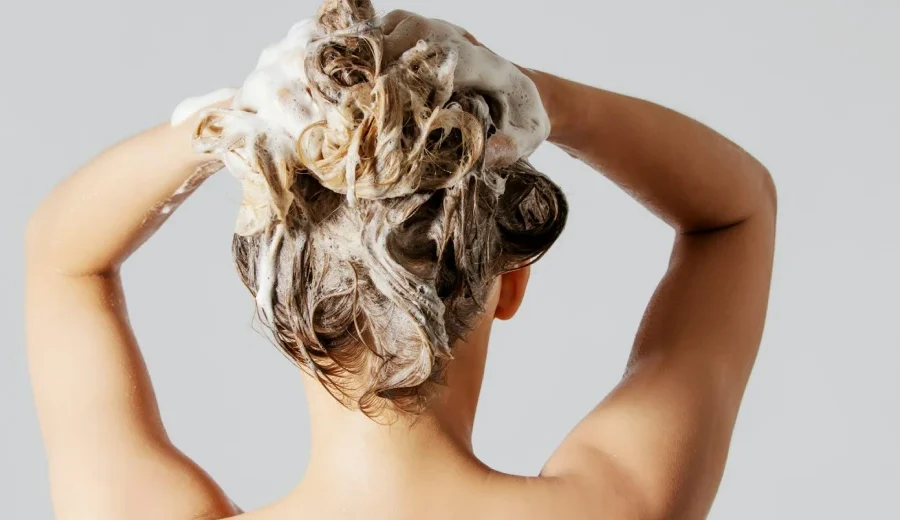
Leave a Comment